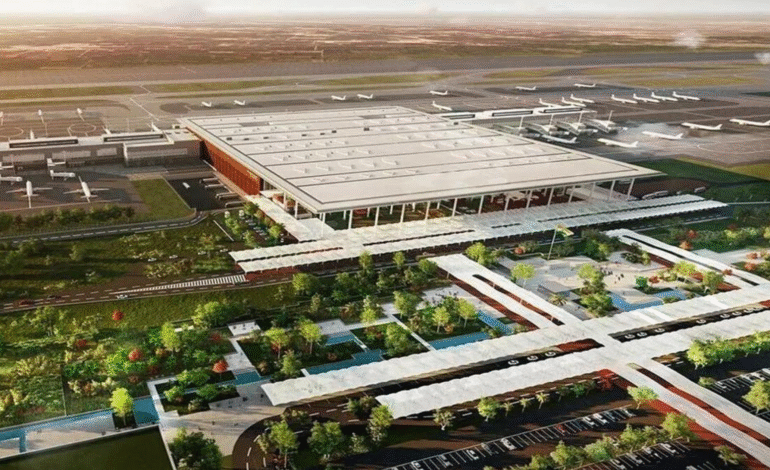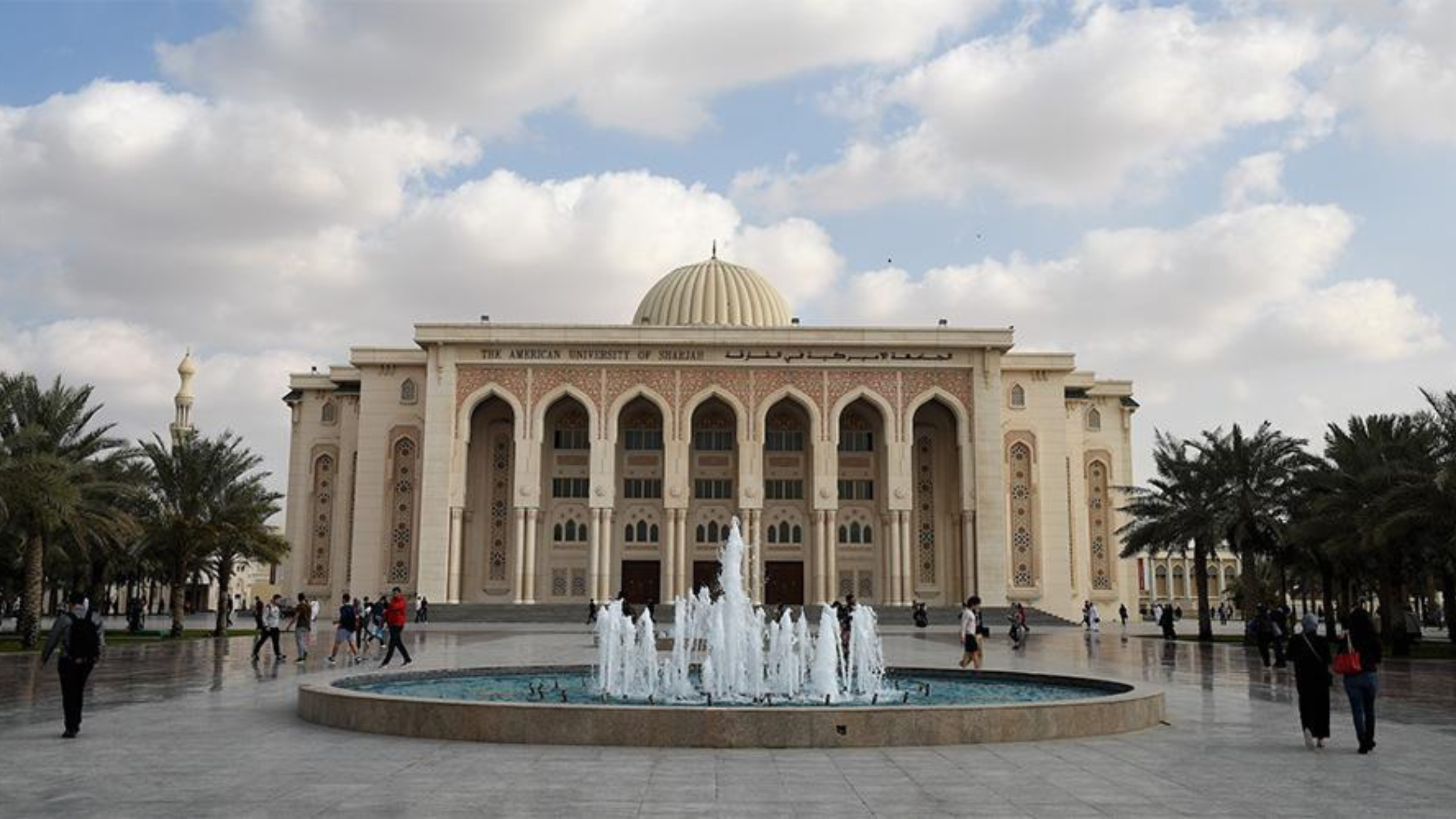Noida International Airport Set to Showcase India’s Aviation Might in 2025

India is poised for a massive leap in aviation infrastructure with the highly anticipated launch of Noida International Airport in Jewar, Uttar Pradesh. Projected to be operational by November 2025, the new airport is expected to become Asia’s largest airport upon full completion. This ambitious project is designed not only to ease pressure on the existing Indira Gandhi International Airport in Delhi but also to revolutionize air connectivity across Northern India. With more than 80 percent of construction already completed, the airport is now entering its final development stage, marking a transformative moment in India’s aviation and infrastructure landscape.
Situated approximately 75 kilometers from Delhi, the Noida International Airport is expected to handle an initial annual passenger capacity of 12 million in its first phase. The project has been delayed in the past, with earlier deadlines set for September 2024, then moved to April and June 2025. However, fresh confidence has emerged from the Uttar Pradesh government, with Industrial Development Minister Nand Gopal Gupta ‘Nandi’ confirming that commercial operations are likely to commence by November this year.
Construction Progress and Government Commitment
The development of the Noida International Airport has progressed rapidly in recent months, largely due to renewed governmental focus on infrastructure and execution. Unlike in previous political tenures where the project remained only a vision, the current government has ensured that the airport advances from paper to on-ground development. Minister Nand Gopal Gupta emphasized that the project now holds strategic importance beyond mere political symbolism, highlighting a deeper commitment to infrastructure delivery and long-term economic planning.
Terminal construction is now in its final stage, while work on the runway and airside infrastructure has already crossed the 90 percent completion mark. The airport is also undergoing finishing work on operational areas including aircraft parking bays, cargo facilities, and control towers. A joint inspection by authorities such as the Directorate General of Civil Aviation (DGCA), the Bureau of Civil Aviation Security (BCAS), and the Airports Authority of India (AAI) has already been scheduled to assess the airport’s readiness for certification.
Even though physical infrastructure is nearly complete, a few regulatory approvals are still pending. These include a mandatory aerodrome license from DGCA and critical security clearance from BCAS. These two elements are essential to receiving commercial airline traffic, and officials are expediting the process to meet the November 2025 deadline.
Phased Operational Launch and Strategic Rollout
The operational rollout of Noida International Airport will take place in two distinct phases. As per officials from Noida International Airport Limited (NIAL), domestic passenger flights and cargo operations are expected to begin by mid-September 2025. International flight operations, which require additional certifications and system tests, are targeted for full launch by November 2025.
This phased approach allows authorities to initiate commercial activity in a controlled manner while resolving any teething issues that might arise during the early stages. The strategy is aligned with global standards, where major international airports undergo test phases and soft launches before operating at full capacity. By adopting this model, Noida International Airport seeks to ensure high standards in safety, service quality, and operational efficiency from day one.
Enhanced Connectivity with Delhi NCR and Beyond
One of the standout features of Noida International Airport is its exceptional connectivity plan. The airport is designed to be a multimodal transportation hub, integrating various transit modes that will make travel seamless for passengers arriving from cities like Delhi, Noida, Agra, and Aligarh. The upcoming Ground Transportation Center at the airport will connect with metro rail lines, bus services, private vehicles, and even a high-speed rail corridor.
Perhaps the most futuristic connectivity upgrade is the proposed high-speed bullet train linking Delhi to the airport and further onward to Varanasi. This train is expected to reduce travel time from Delhi to the airport to just 21 minutes, significantly improving convenience for flyers and increasing the airport’s catchment area. When operational, this will not only benefit business travelers but also stimulate regional tourism, real estate, and logistics.
Additionally, road networks are being upgraded to ensure smooth traffic movement to and from the airport. Infrastructure such as expressways, flyovers, and arterial link roads will improve access to the airport, making it a vital transit hub for North India.
Infrastructure Design Rooted in Culture and Sustainability
Beyond the sheer size and scale of the airport, one of the most compelling aspects of Noida International Airport is its unique design. The terminal architecture is inspired by North Indian cultural heritage, blending traditional motifs with modern technology. Features such as jaali work, regional art displays, and temple-inspired structures aim to give the airport a sense of place, welcoming travelers with an ambiance reflective of Indian values and aesthetics.
Equally important is the airport’s commitment to sustainability and environmental responsibility. Over 580 mature trees were carefully relocated to preserve biodiversity. An eight-acre forest buffer zone has been developed around the premises, promoting ecological balance and minimizing the environmental impact. The airport terminal also utilizes energy-efficient lighting systems and maximizes the use of natural light to reduce electricity consumption.
Advanced waste management systems, water recycling plants, and eco-friendly construction practices have been integrated to align with global environmental benchmarks. These elements position Noida International Airport among the most environmentally conscious airport developments in Asia, setting a new standard for future infrastructure projects.
Cargo and Logistics Hub to Boost Economic Activity
Another major component of Noida International Airport is its role in cargo logistics and freight movement. A dedicated cargo terminal is being constructed as part of a multimodal cargo hub, which will handle over 100,000 tons of cargo annually upon launch. This facility is being developed in partnership with Air India SATS and will serve as a critical link in India’s supply chain.
The cargo terminal will cater to a variety of freight including pharmaceuticals, perishables, consumer goods, electronics, and industrial machinery. As the volume of air freight continues to rise in India, the Noida airport will play an important role in enabling faster, more reliable logistics for exporters and manufacturers in the region.
The airport’s location in western Uttar Pradesh one of India’s fastest-growing industrial belts makes it particularly strategic for boosting trade. With dedicated cargo handling zones, streamlined customs procedures, and direct connections to highways and freight corridors, the airport is expected to become a powerful engine of economic growth.
Investment, Development Model, and International Partnerships
The development of Noida International Airport involves a significant investment of ₹34,000 crore. Of this, ₹10,056 crore has been allocated for the first phase of construction. The project is being developed under a public-private partnership model, with Zurich Airport International AG as the primary developer and operator.
Zurich Airport will operate and manage the airport for 40 years under a long-term concession agreement. This collaboration brings in global expertise and operational standards, ensuring that Noida International Airport is benchmarked against the best airports in the world. The focus is not just on passenger handling but also on providing high-quality services, digital interfaces, and seamless passenger journeys.
This model of infrastructure development represents a shift in India’s approach to airport construction, emphasizing long-term viability, efficient operation, and financial sustainability. With Zurich Airport at the helm, the Noida project is expected to become a best-in-class aviation facility that drives regional development for decades to come.
India’s Gateway to the Future of Aviation
Once completed, Noida International Airport will stand among the largest and most advanced airports globally. In terms of area and passenger capacity, it is projected to become the fourth-largest airport in the world by 2040–2050. The airport will have the capacity to handle 70 million passengers annually by then, representing a remarkable leap in India’s aviation infrastructure.
Its development will make Uttar Pradesh the only Indian state with five operational international airports, further enhancing the region’s connectivity with the rest of the world. This status is expected to attract more foreign investment, support regional tourism circuits, and catalyze the emergence of Noida and Greater Noida as global business destinations.
As the aviation sector in India witnesses exponential growth, the Noida International Airport is expected to play a crucial role in bridging the capacity gap while enhancing the quality of passenger experience. The ripple effects will be felt across employment, commerce, education, and public services.
A Landmark Project Signaling India’s Aviation Ambitions
Noida International Airport is not just another addition to India’s infrastructure it is a visionary project that reflects the nation’s rising global aspirations. It combines tradition with technology, economic foresight with environmental stewardship, and regional development with global integration. As the airport moves closer to its operational debut, it brings with it the promise of improved connectivity, enhanced cargo logistics, and a world-class flying experience.
With its strategic location, advanced design, and strong international partnerships, Noida International Airport is all set to redefine the way India flies. November 2025 may very well be the dawn of a new era in Indian aviation one that connects the heart of India to the world more efficiently than ever before.







